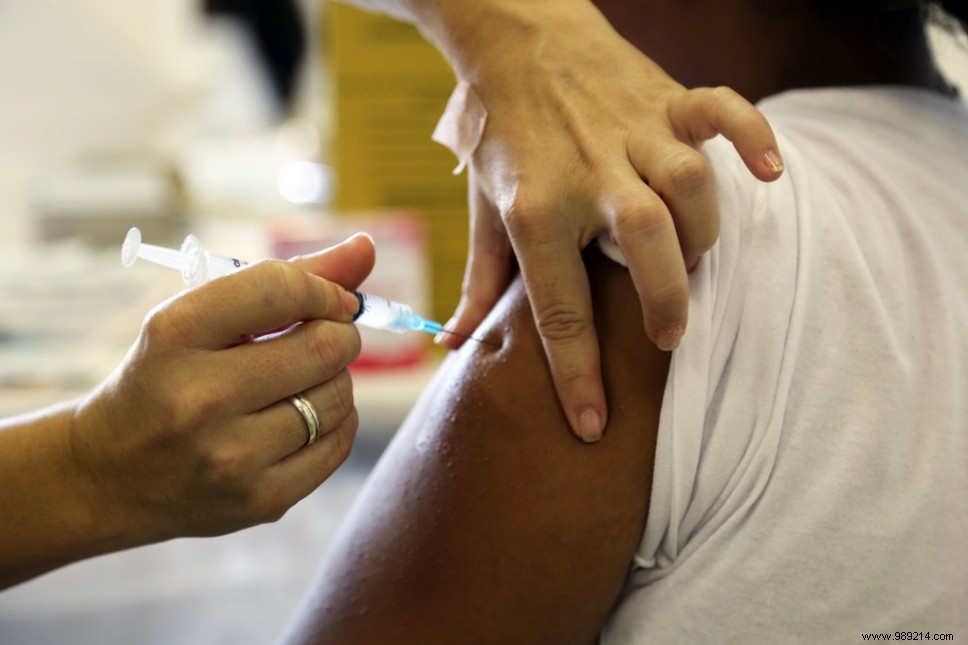Since the early 2000s, vaccines developed to fight ten major diseases have prevented the deaths of 37 million children in nearly 100 countries low- and middle-income, according to new modeling. By 2030, this estimate could double.
Vaccination programs targeting primarily children in low- and middle-income countries (LMICs) have multiplied over the past two decades. But how many lives have they saved? In a recent study, sixteen independent research groups attempted to quantify the impact of these programs through modeling of ten pathogens in 98 LMICs.
The targeted pathogens were:hepatitis B virus, Haemophilus influenzae type B, human papilloma virus, Japanese encephalitis, measles, Neisseria meningitidis serogroup A, Streptococcus pneumoniae, rotavirus, rubella and that of yellow fever.
Results:Since 2000, vaccinations for these ten major diseases have prevented the death of 37 million people evolving in the countries concerned. This work also shows that children born in 2019 (still in the 98 LMICs studied) who are not vaccinated will be 45% more likely to die before the age of five.
Even in adulthood, the difference between vaccinated and unvaccinated is still marked. Children born in 2019 in these countries will experience 72% lower mortality during their lifetime if they are vaccinated against the ten modeled diseases.
Finally, over the lifetime of people born between 2000 and 2030, the results reveal that 120 million deaths will be prevented through vaccination . Of this sample, 96 million lives will be saved by measles and hepatitis B vaccines.

“ Our study demonstrates the tremendous benefits health benefits that can be achieved through immunization programs in low- and middle-income countries ” , concludes epidemiologist Neil Ferguson, of Imperial College London. " By projecting to 2030 in these 98 countries, we have provided insights into where investments in immunization coverage should be directed to achieve further gains " .
Naturally, this new model has some limitations as we lack empirical data on disease burden and deaths in a majority of these countries. That said, this is a serious estimate and the largest study on the subject to date.